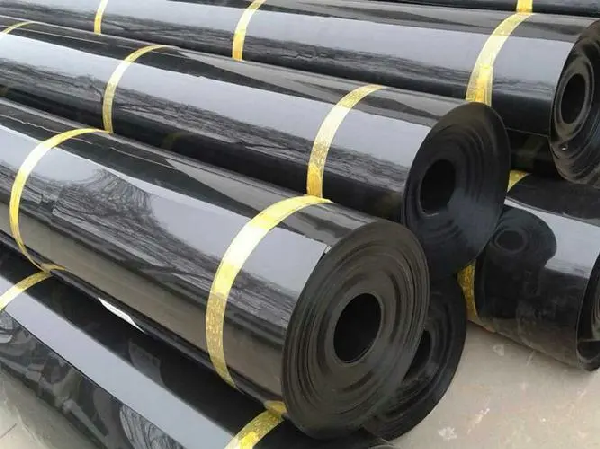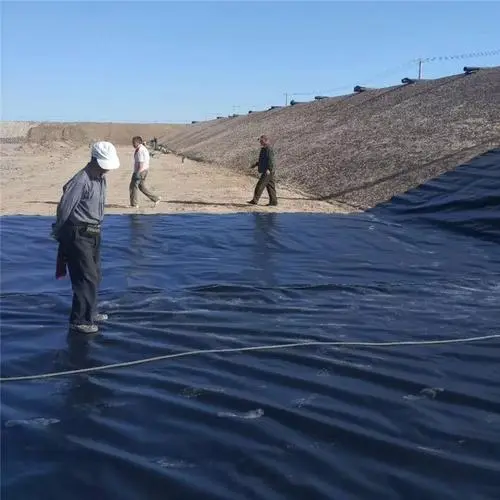Geomembrane is a specialized material used for engineering waterproofing, anti-seepage, anti-corrosion, and anti-corrosion, usually made of high polymer materials such as polyethylene and polypropylene. It has the characteristics of high temperature resistance, aging resistance, ultraviolet resistance, acid and alkali resistance, and is widely used in civil engineering, environmental protection, water conservancy engineering and other fields.

The application range of geotextile membranes is very wide, such as engineering foundation anti-seepage, hydraulic engineering infiltration loss control, liquid infiltration control in landfill sites, tunnel, basement and subway engineering anti-seepage, etc.
Geomembranes are made of polymer materials and undergo special treatment, which have good corrosion resistance and permeability resistance. They can greatly reduce the probability of damage to the waterproof layer and ensure the long-term service life of the project.
Construction Method of Geomembrane
Geomembrane is a thin film used for soil protection, which can prevent soil loss and infiltration. Its construction method mainly includes the following steps:

1. Preparation work: Before construction, it is necessary to clean the site to ensure that the surface is flat, free of debris and debris. At the same time, the size of the land needs to be measured to determine the required area of the geomembrane.
2. Laying film: Unfold the geotextile film and lay it flat on the ground to check for any damage or loopholes. Then, firmly fix the geomembrane on the ground, which can be fixed using anchoring nails or sandbags.
3. Trimming edges: After laying, it is necessary to trim the edges of the geotextile to ensure that it is tightly bonded to the ground and prevent infiltration.
4. Soil filling: Fill the soil inside the geomembrane, taking care to avoid excessive compaction and maintain the soil’s aeration and permeability.
5. Anchor edge: After filling the soil, it is necessary to anchor the edge of the geotextile again to ensure that it is tightly bonded to the ground and prevent leakage.
6. Testing and maintenance: After construction is completed, leakage testing is required to ensure that the geotextile membrane does not leak. At the same time, it is necessary to regularly inspect and maintain the geomembrane, and if there is any damage, repair or replace it in a timely manner.
During the construction process, attention should be paid to safety and environmental issues to avoid damage to the environment and personal injury. At the same time, it is necessary to choose appropriate geotextile materials based on different soil types and environmental conditions.
Post time: Jun-28-2024

